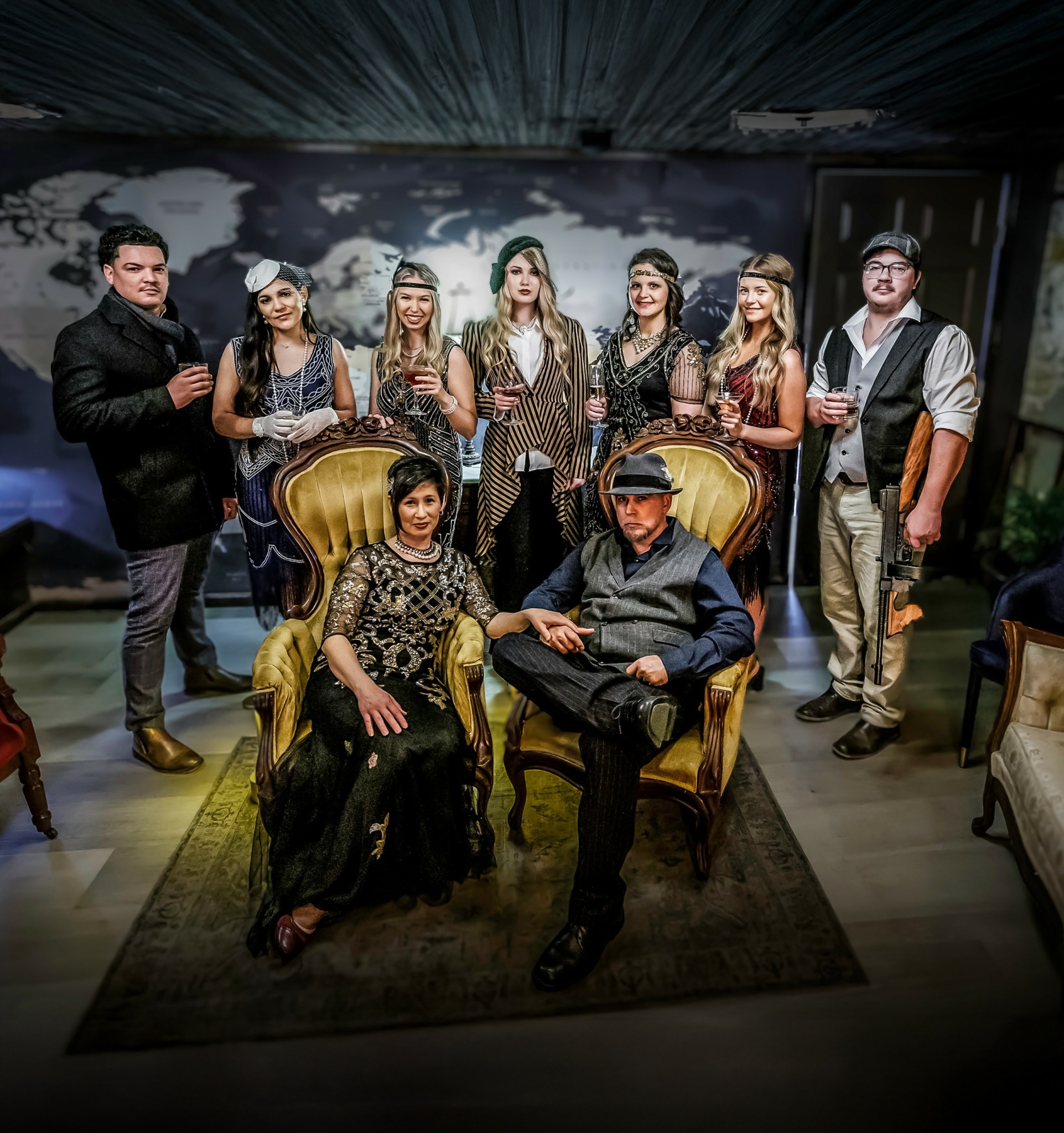We caught up with the brilliant and insightful Christy Ouei a few weeks ago and have shared our conversation below.
Christy, thanks for taking the time to share your stories with us today What was it like going from idea to execution? Can you share some of the backstory and some of the major steps or milestones?
We didn’t start Lefty’s with a polished business plan — we started with a feeling. We were standing on the square in Magnolia, looking at a historic building and imagining what it could become. The idea for Lefty’s came from that moment: a restaurant that would deliver an immersive experience, one that made guests feel transported. I could already hear the clink of cocktail glasses and feel the energy of a bustling space that honored the past while pushing hospitality into the future.
The year and a half that it took to complete the build-out, mostly doing the work ourselves was filled with research at night and sweat equity during the day. We dove into the history of the building, the story of the square, the heartbeat of Magnolia. The concept started coming together — not just the menu, but the identity of the space. We wanted a speakeasy feel, with depth and character, but also warmth and authenticity. Binge watching episodes of Peaky Blinders and Boardwalk Empire over and over to start getting the details of a Prohibition-era space. Any time we traveled, we would find speakeasies and insist on sitting at the bar to feel the space.
Over the next few months, we were constantly in the space working and then staying up late at night allowing the story of Lefty’s and the brand language to reveal itself. We trained a staff — none of whom had traditional fine dining or corporate restaurant experience — to deliver exceptional, elevated hospitality through consistency, education, and a genuine connection to our mission. We didn’t hire for résumés. We hired for spirit and then built the training around that.
It took grit, mistakes, adjustments, and a willingness to slow down and get it right. But eventually, the doors opened, and people walked in and said, “This doesn’t feel like Magnolia… but I love that it is.”
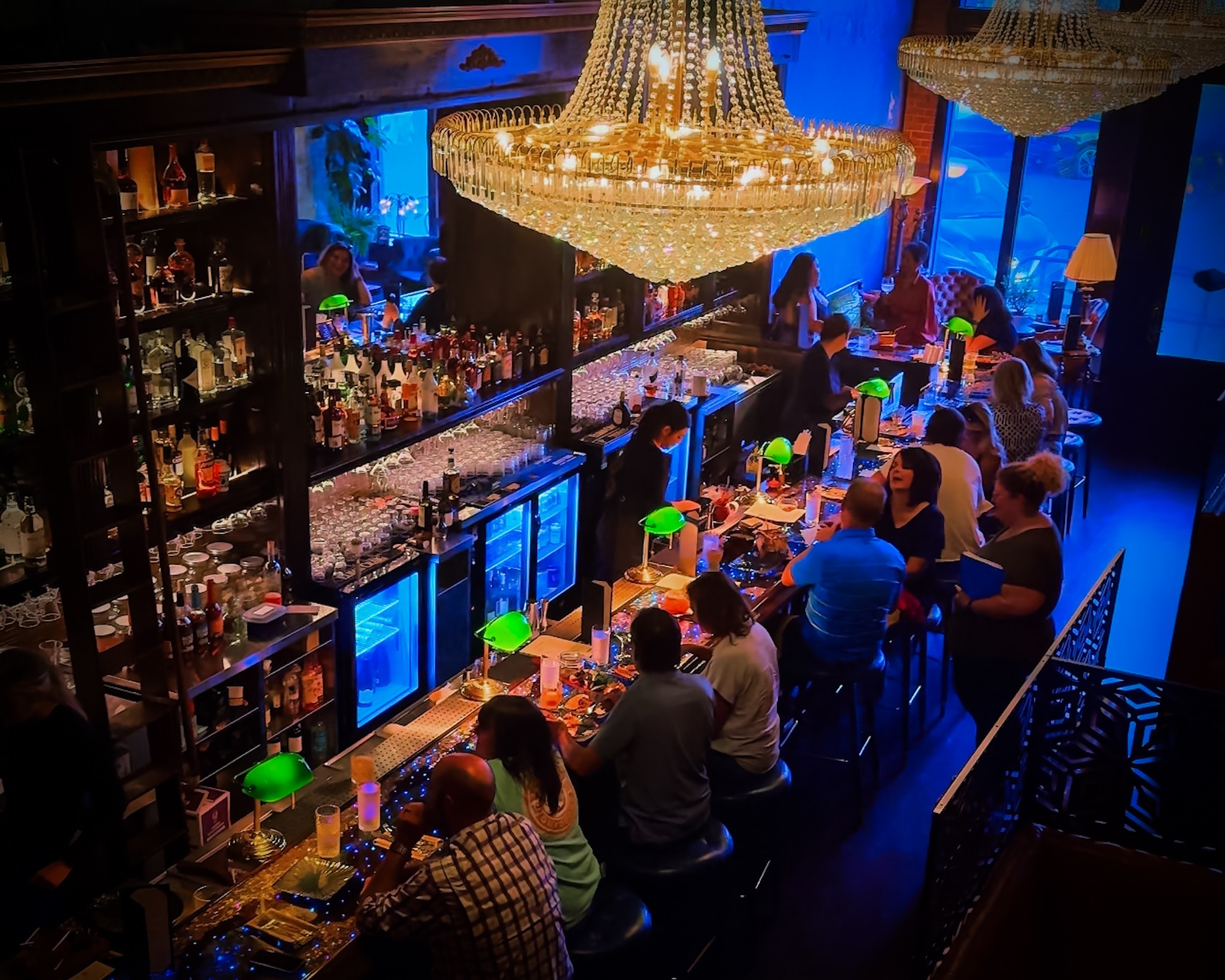
Christy, love having you share your insights with us. Before we ask you more questions, maybe you can take a moment to introduce yourself to our readers who might have missed our earlier conversations?
For the 20 years prior to opening MuleKick in 2019, I owned and operated a successful convenience store in Taylor, Arkansas, a town with a population of just 300 people. Despite its size, the store grossed over $2 million a year. It was more than a place to grab a soda—it was a community hub. When the store burned down in 2017, I wasn’t just grieving a business—I was grieving a daily purpose, a rhythm, and the relationships that had defined my day-to-day life.
I tried, in vain, to rebuild , I had an opportunity to rethink what community engagement could look like. I leaned into my passion for food and connection, and after researching trends and understanding our local college scene, we launched MuleKick in Magnolia. I wanted it to be a place that blended quality food with an approachable, fun, and distinctly Southern vibe. We focused on craft pizza, wings, and beer—things people love but done with unexpected creativity. With Southern Arkansas University just down the road, MuleKick quickly became a favorite for students, professors, and locals alike.
From there, we expanded into MuleKick at MAD—our second location housed inside the Magnolia Arts District, where food and culture meet under one roof. That growth taught me to scale systems, develop leaders, and focus on brand depth. After 18 months, we decided the drive was not for us and we wanted to be closer to our businesses.
Then came Lefty’s on the Square—a completely different animal. This was our chance to create something immersive, elegant, and deeply rooted in story. We built it around the fictional life of Lefty, a Prohibition-era character whose legacy unfolds through cocktails, architecture, and curated guest experiences. Lefty’s isn’t just about dining—it’s about transporting people to another time while exceeding modern expectations.
What ties all my businesses together is this: We build places that connect people. Whether over a slice, a craft cocktail, or a shared story, I believe hospitality is one of the most powerful forces for good. It has been an epic journey of reinvention, resilience, and relentless creativity—and we’re just getting started.
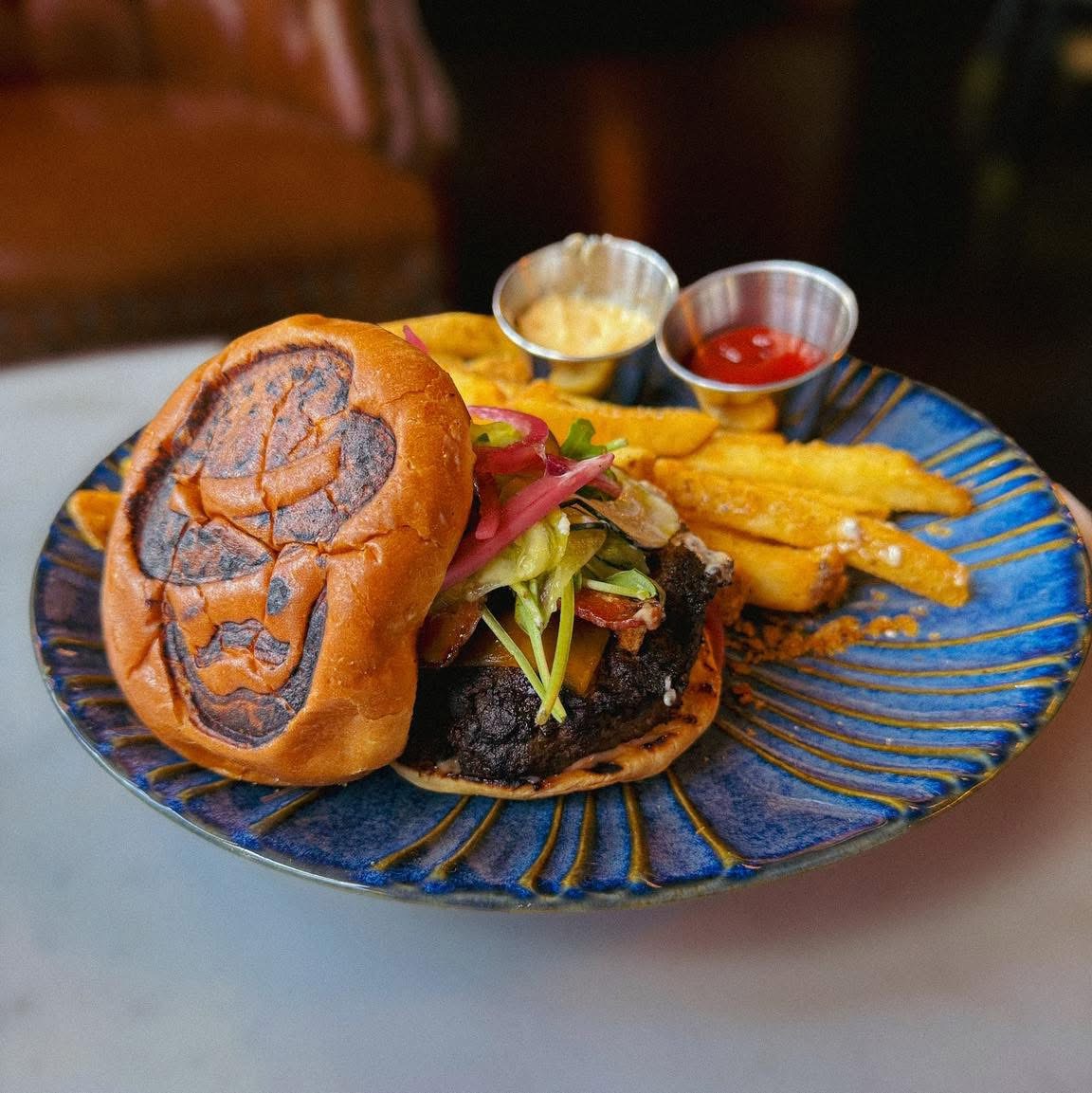
Let’s talk about resilience next – do you have a story you can share with us?
After the fire that destroyed my convenience store in Taylor, I spent months trying to rebuild. I met with architects, worked through plans, paid for a 10+ foot undercut of the property and was told we could reconstruct for around $900,000. When the bids came back closer to $3 million, I had to start all over again—redesigns, business plans, SBA applications, bank meetings. I picked out gas pumps, even bought a mobile ice machine—only to realize I couldn’t use it and had to resell it back for half of what I paid, brand new and untouched.
The final blow came when my loan officer—who had switched banks mid-process and convinced me to follow him—told me he had lost my entire loan package. I had already promised myself that if the bank didn’t give a clear yes, it was a sign to walk away. So I did.
And that decision, painful as it was, led to the birth of something entirely new. Within a month, I had found the land MuleKick now sits on. The seller shook my hand and agreed to honor a 5-year-old appraisal price. That moment redirected everything. It was no longer about rebuilding the past—it became about creating a future.
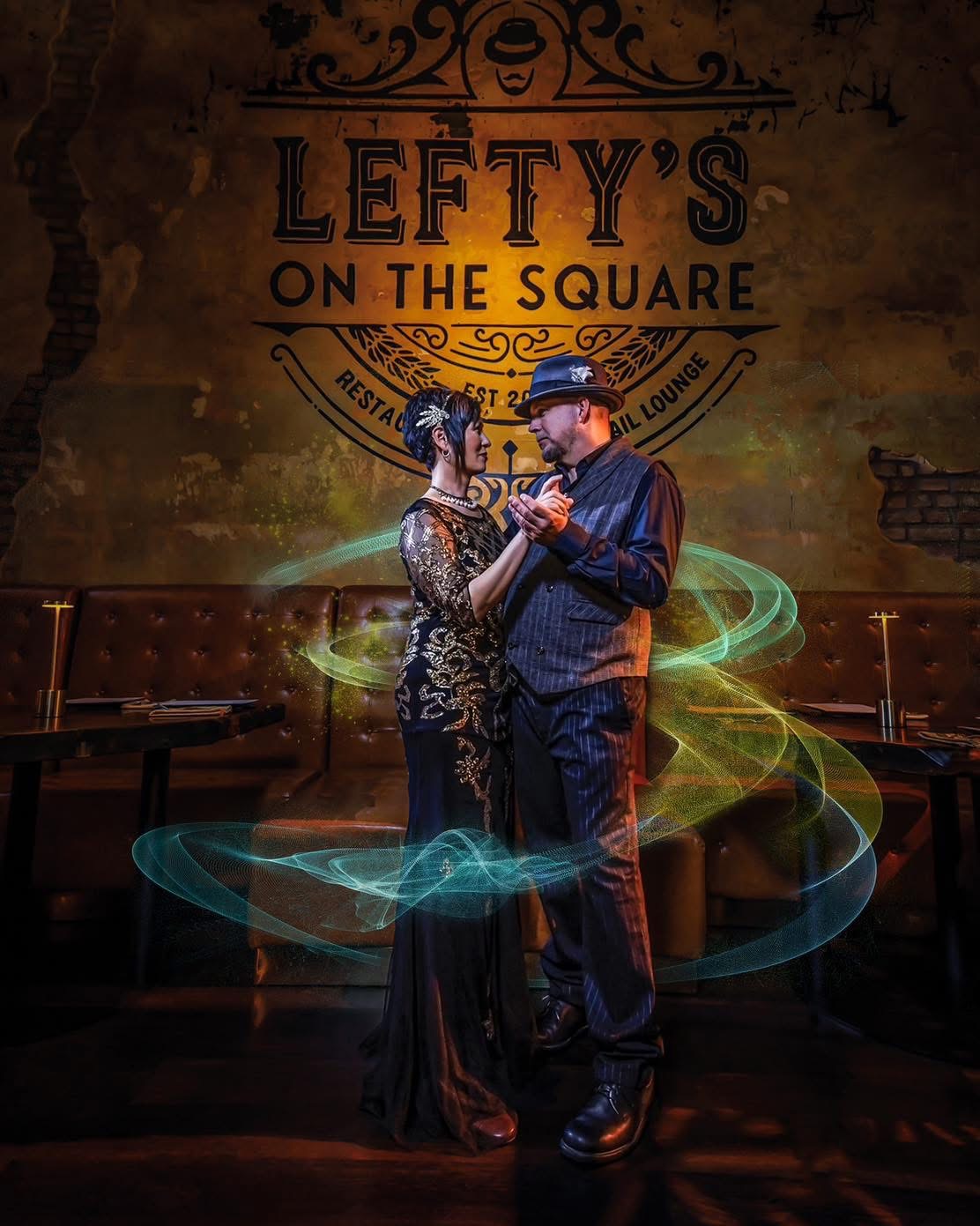
Let’s talk M&A – we’d love to hear your about your experience with buying businesses.
Yes. In 1999, my ex-husband, Bart Emerson, and I bought an old-time service station in Taylor, Arkansas. At the time of purchase, the station still had mechanical gas pumps, a vintage car lift from around 1957, and a $15 hand-wash car service. I was 26 years old with little life or business experience. We borrowed $50,000 from his grandparents, and the seller self-financed the remaining $100,000.
Bart, an agriculture teacher by trade, wasn’t particularly drawn to running a business. It quickly became clear that I would need to leave my full-time job at the John Deere store in Magnolia to manage “the Station” myself. That decision would end up shaping the course of my life and planting the seeds for everything that came after.
Bart and I divorced in 2009. The Station was $350,000 in debt to the gas supplier at that time. 4 months before the station burned down, I paid the last of the debt.
Contact Info:
- Website: https://www.leftysonthesquare.com
- Instagram: leftysonthesquare
- Facebook: leftysonthesquare
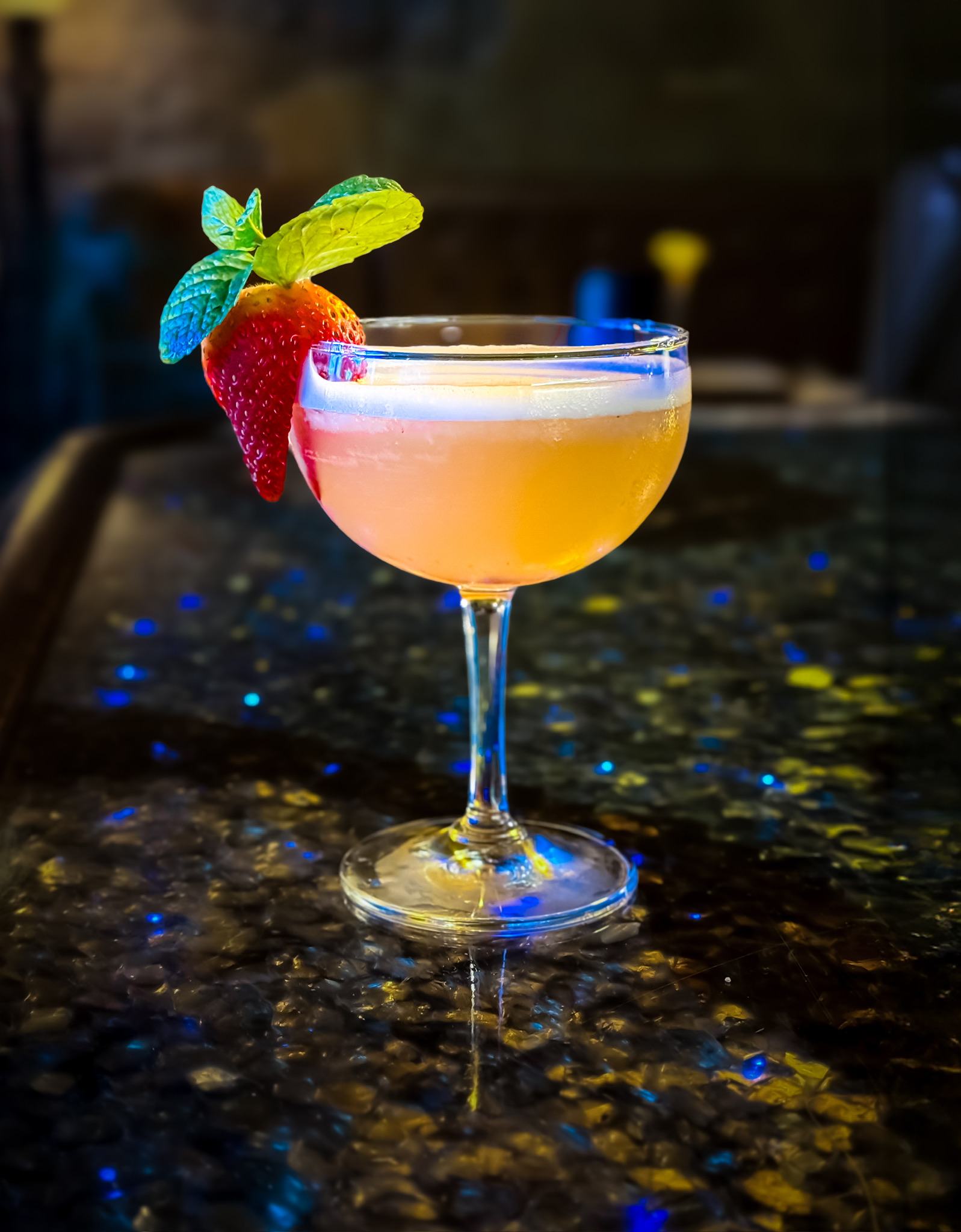
Image Credits
Marshall Meadows
Lorenzo Stephens


